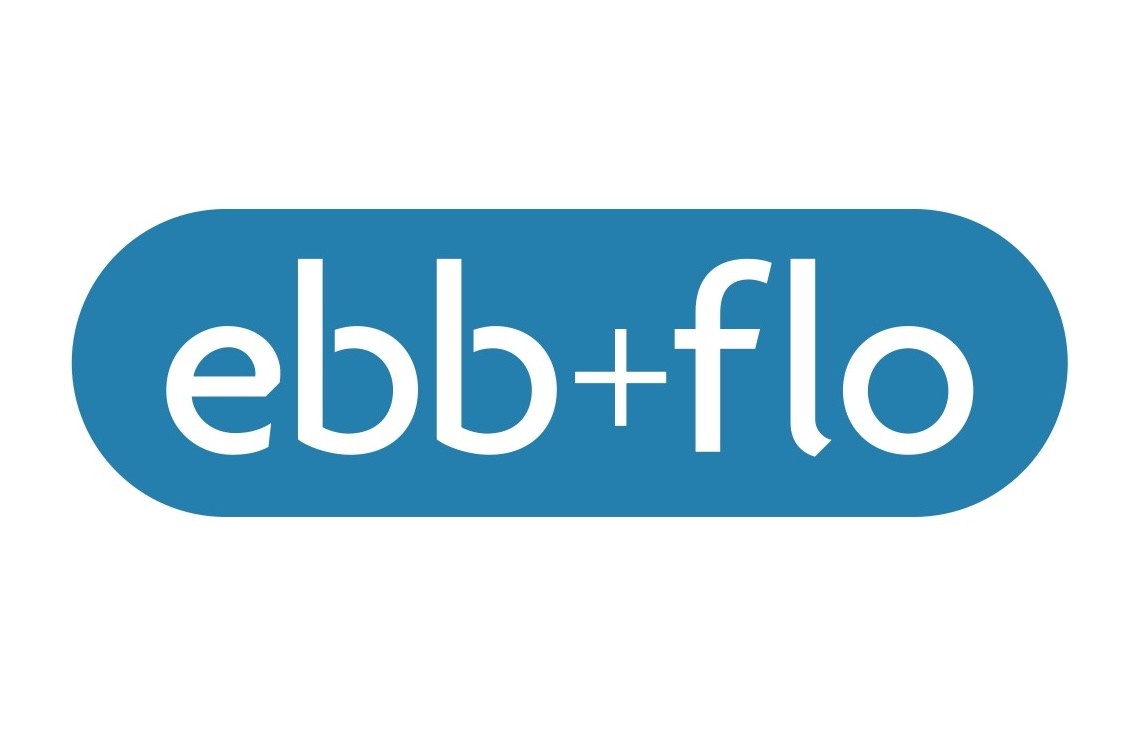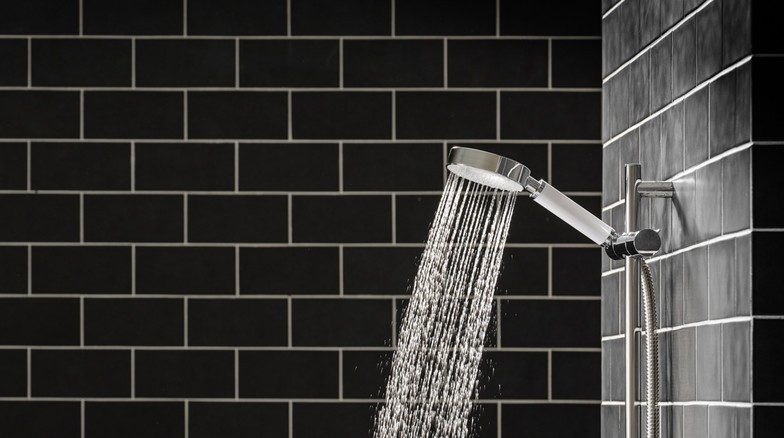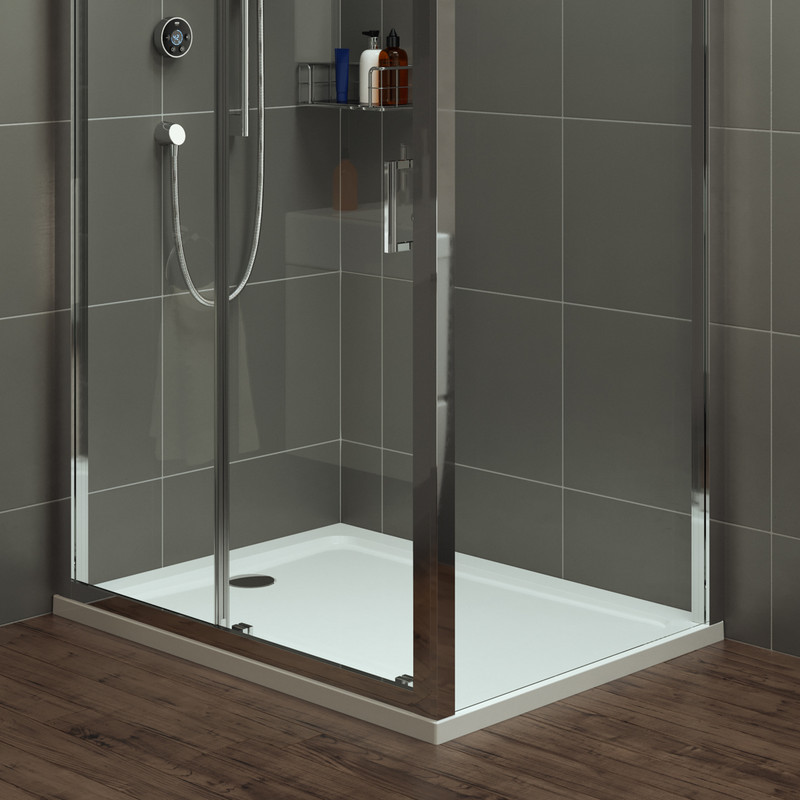While often considered an afterthought, the right shower valve is crucial for a satisfying and efficient shower. In this buying guide, we'll cover the different types of shower valves looking at their unique features and considerations, which cater to different preferences and bathroom designs.
Before choosing the best shower valve, take into consideration your typical routines, and who uses your shower. If the shower will be used by a lot of guests, such as in a holiday home, a simple design would be ideal. On the other hand, consider cool-touch technology or concealed shower valves to protect both children and adults from potentially hot surfaces.
For easy choosing, you’ll find showers with the valve, hose, shower head and riser included – no need to deliberate and make sacrifices. But if you want to mix and match, or simply carry out a repair, you’ll also find shower valves sold separately.
Types of Shower Valves
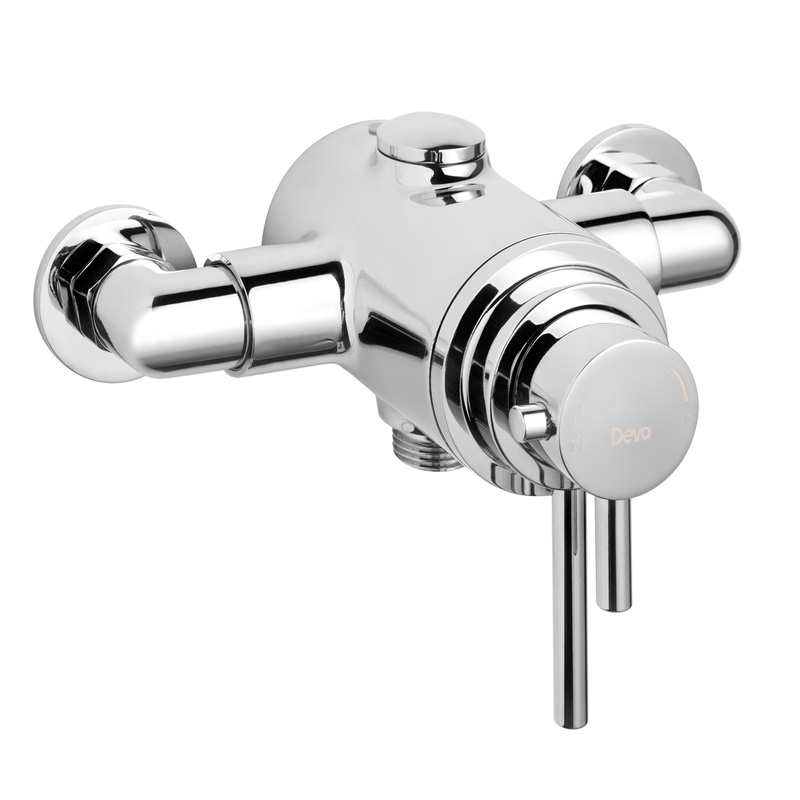
Concentric Shower Valves
Concentric shower valves feature two stacked rotary controls—one for water temperature and the other for water flow. The outer control manages on/off and flow adjustments, while the inner control sets the temperature. This design allows you to preset your preferred temperature, ensuring instant warmth for future showers. Both exposed and concealed models are available so you have a choice of styles.
As you can preset the water temperature this not only saves time, but also promotes water efficiency. The stacked rotary controls are easy to use and allow full control of temperature and water flow. With exposed and concealed models both available, these valves adapt seamlessly to different bathroom aesthetics and layouts.
While they're user-friendly, the stacked controls may be difficult to use for those with limited hand mobility compared to two completely separate controls.
Advantages
-
Preset temperature
-
Easy to use
-
Exposed and concealed models available
Things to Consider
-
Stacked controls may be difficult for some users
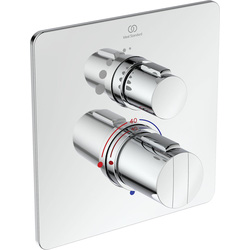
Dual Control Shower Valves
Dual control shower valves have two separate controls in one – one managing water flow and the other managing the temperature. Similar to concentric controls, the temperature setting can be left alone so it doesn’t need to be set each time. Some models may swap the flow control with a diverter valve, so you can redirect the water flow between two shower heads, or a bath filler. You’ll find that dual control valves are usually concealed and recessed into the wall, and are a popular choice for those wanting a sleek and modern design.
The dual control design offers precise control over both water flow and temperature, and presetting the temperature ensures a simple and consistent shower. Models with diverter valves are versatile and make it easy to switch between shower heads and bath fillers – which is especially useful when bathing children or pets.
While dual control shower valves offer precise control, the concealed design can sometimes be more complicated when it comes to installation and maintenance.
Advantages
-
Precise control over flow and temperature
-
Versatile
Things to Consider
-
Concealed design may be more complicated to install

Bar Shower Valves
Bar shower valves work similarly to concentric valves, but the dials are positioned at either end of a bar. One end controls the water flow and the other controls the temperature. Most bar shower valves are designed to be installed horizontally, but you’ll find vertical L-shaped bar valves which are installed vertically, these are ideal for smaller showers or tight spaces.
Bar shower valves offer a sleek and simple design, with both controls integrated onto a single bar for easy use. They're also simple to install as the unit is fully exposed rather than recessed into the wall. As bar shower valves are one of the most common in residential bathrooms, you'll find that you have plenty of choice to suit your design preferences and budget.
It's important to consider space constraints when choosing between vertical and horizontal models. Also think about safety requirements, especially if there’ll be children using the shower – some models have cool-touch technology which prevents the bar from getting too hot during use.
Advantages
-
Sleek and simple design and widely available
-
Preset temperature
-
Easy to install
Things to Consider
-
Can get hot to the touch

Manual Shower Valves
Manual shower valves, sometimes referred to as sequential valves, feature just one rotary control allowing you to adjust both the water temperature and the flow rate, making them a user-friendly option.
Their ease-of-use makes them a popular choice and you’ll have the option between exposed and concealed valves, so you'll be sure to find the right style for your bathroom. A further benefit of exposed manual valves is the quick and straightforward installation, making them a better choice for any DIY novice.
Some people may find the single lever control less precise compared to separate controls when it comes to water flow and temperature. This means presetting a temperature isn't possible with a manual shower valve. There's also a greater likelihood of the control getting knocked, especially in small shower enclosures.
Advantages
-
Simple to use
-
Exposed and concealed valves to choose from
Things to Consider
-
Less precise temperature control
-
More likely to get knocked
Key Shower Valve Considerations
Concealed or Exposed
Exposed showers are available in a range of styles suited to different preferences – from traditional to ultra modern – and are usually easier to install. However, exposed showers could become hot if they don’t feature cool-touch technology. On the other hand, concealed showers, popular in modern or compact bathrooms, optimise space and look sleek and stylish. However, concealed installations may pose challenges during setup and potentially damage existing tiles or the wall.
Material
Most shower valves are made of brass, but stainless steel shower valves are also popular. Stainless steel boasts durability, low maintenance and versatility, while brass is similarly low maintenance and naturally rust and corrosion resistant. Brass is the more popular choice as it’s generally cheaper than stainless steel.
Finish
Polished finish showers and shower valves are the most common finish available. They have a bright shine and complement both traditional and ultra-modern bathroom aesthetics. Brushed finish shower valves are common for the panels of concealed showers. These shower valves are lightly wire brushed which offers a slight matt look and removes some of the shine.
Push Button
Shower valves featuring push-button controls separate the flow and temperature adjustments. With the flow controlled by a button, a dial is dedicated solely to managing temperature. This design is useful for keeping the preset temperature and simplifying the shower controls – simply press the button and get in. You’ll find some push button valves have two dials, with one used for diverting the flow to a bath filler or alternative shower head.


